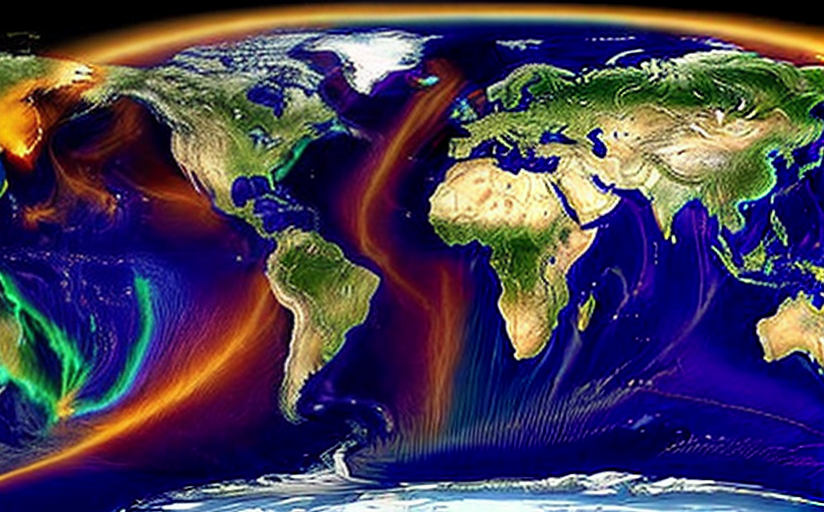The Influence of Cosmic Rays on Earth's Biodiversity
Although often overlooked in mainstream discussions, cosmic rays have played and continue to play an instrumental role in shaping life on Earth. This article delves into a complex, yet intriguing topic, exploring what cosmic rays are, their sources, how they affect life on Earth, and their broader implications.
Understanding Cosmic Rays
Cosmic rays are high-energy radiation that originate from outer space. They are primarily composed of protons and atomic nuclei. The sources of cosmic rays are diverse and include phenomena such as supernovae, active galaxies, and even possibly dark matter. Cosmic rays travel across astronomical distances at nearly light speed before reaching Earth. Upon reaching the boundaries of our atmosphere, they instigate a series of reactions, generating secondary particles that penetrate further into the atmosphere and even reach the surface.
The Impact of Cosmic Rays on Biodiversity
The effects of cosmic rays on biodiversity are complex and multifaceted. They have the potential to induce mutations in living organisms, playing a role in driving evolution and adaptation. While mutations caused by cosmic rays can be harmful, they also offer an opportunity for increased genetic diversity which is a key element in natural selection and evolution. This essentially means that cosmic rays could have contributed to the vast array of life forms that exist on Earth today.
Historical Influence of Cosmic Rays on Biodiversity
Historically, it is proposed that cosmic rays have played significant roles in some pivotal events. One such instance is the extinction of large marine reptiles at the end of the Cretaceous period. Some scientists propose that a nearby supernova could have produced a significant increase in intense cosmic rays, leading to changes in climate and increased radiation on Earth's surface that could be partly responsible for this mass extinction event.
Future Implications
As our planet continues its journey through the cosmos, the influence of cosmic rays is something that should not be disregarded. Although the full implications are not fully understood, cosmic rays may continue to generate biological changes, possibly even prompting new evolutionary trends. This prospect invites further investigation into not only how life can adapt and evolve on Earth but how it might do so in other parts of the universe.
Research in the Field
Research is ongoing into understanding the full impact of cosmic rays on biodiversity. Scientists at various institutions, like NASA's Goddard Space Flight Center, are conducting experiments and creating models to gain insights into the composition and behavior of cosmic rays. These studies will undeniably help us to uncover more about the intrinsic relationship between life on Earth and the cosmos.
In conclusion, while cosmic rays may seem like a remote phenomenon, they are in fact a potent force that can shape life. It is a subtle reminder of how interconnected our planet is within the wider universe.

















Comments
Leave a Comment